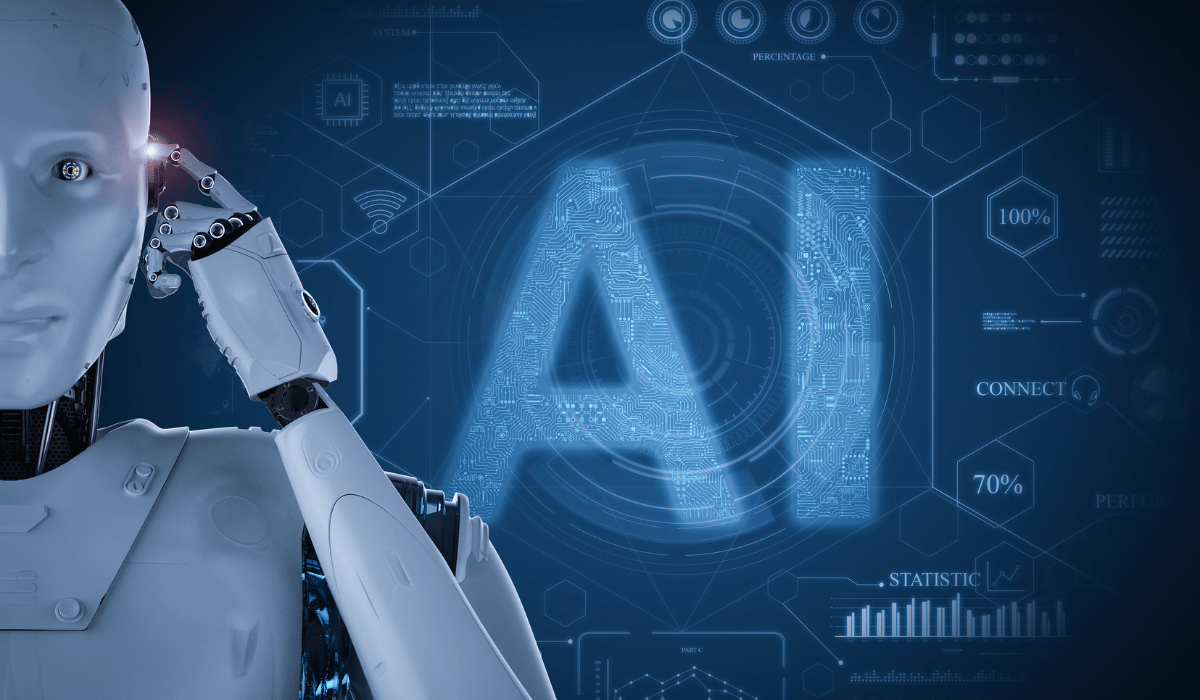Machine learning algorithms known as artificial intelligence (AI) text-to-image generators may produce lifelike visuals from textual descriptions.

Machine learning algorithms known as artificial intelligence (AI) text-to-image generators may produce lifelike visuals from textual descriptions. These systems may produce images that closely resemble the written descriptions provided, which has important applications in fields including the generation of digital content, e-commerce, and visual storytelling. This article will examine the operation and potential uses of AI text-to-image generators.
AI Text-to-Image Generators: What Are They?
AI text-to-image generators are neural networks trained on big datasets of textual and visual descriptions of images. These systems analyze the textual descriptions and decipher the meaning of the phrases using natural language processing (NLP) methods. They then create visuals that faithfully represent the description using this understanding.
AI Text-to-Image Generators: How Do They Operate?
Generative adversarial networks (GANs), a type of deep learning architecture, are used by AI text-to-image generators. GANs are two neural networks that cooperate to produce visuals corresponding to the provided textual descriptions: a generator and a discriminator.
The generator network creates an image corresponding to the input text description. The discriminator network then assesses the image to see if it is a genuine photo or a fake. The generator is rewarded if the discriminator finds the image is real. The generator is penalized, and the procedure restarts if the discriminator judges that the image is produced.
As it continues to get rewards for producing increasingly realistic images, the generator network improves over time at producing images that match the provided textual descriptions.
AI Text-to-Image Generator Applications
AI text-to-image generators have several possible uses in various sectors, including the development of digital content, e-commerce, and visual storytelling. The following are some of the more intriguing uses for AI text-to-image generators:
Making Digital Content
High-quality visual content can be produced using AI text-to-image generators for websites, blogs, and social media platforms. AI text-to-image generators can assist content producers save time and resources while providing high-quality material that engages consumers by producing images that precisely match the provided written descriptions.
E-commerce
For e-commerce sites, realistic product images can be produced using AI text-to-image generators. AI text-to-image generators can help e-commerce companies increase sales by giving customers a more realistic depiction of what they are considering buying. This is done by creating images that accurately reflect the product descriptions.
Visual Narrative
AI text-to-image generators can be utilized to produce engaging visual narratives for various applications, including video games, animations, and movies. AI text-to-image generators can help storytellers bring their ideas to life and create immersive and engaging experiences for their viewers by producing images that faithfully match the provided written descriptions.
AI Text-to-Image Generators' Challenges
Although there are many potential uses for AI text-to-image generators, there are also a number of difficulties in designing and implementing them. The following are a few of the biggest obstacles:
Quantity and Quality of Data
AI text-to-image generators need a huge volume of high-quality data to learn how to produce realistic images. Ensuring the training data's quality and quantity might be challenging because gathering, classifying, and arranging the data takes a lot of labor.
Model Difficulty
AI text-to-image generators are extremely complicated models that demand a lot of computing power to develop and use. Assuring that the models are effective and scalable can be difficult because it calls for computer science and machine learning knowledge.
Ethics and Prejudice
If the training data is not inclusive or varied, artificial intelligence text-to-image producers may be biased and subject to ethical problems. These prejudices and stereotypes may be reflected in the output images if the training data contains them. AI text-to-image generators may also lead to ethical ownership, privacy, and intellectual property issues.
AI text-to-image generator developers must carefully analyze the training data they utilize, ensure their models are transparent and understandable, and adhere to ethical standards for AI research to overcome these difficulties.
Artificial intelligence (AI) text-to-image generators are an exciting application of machine learning that can assist companies and creators in producing high-quality visual material that faithfully represents verbal descriptions. Using a generative adversarial network architecture, these systems learn to produce visuals that match textual descriptions. However, some issues with model complexity, bias, and ethics need to be addressed before AI text-to-image generators can be developed and put into use. Significant consideration must be given to data collecting, model development, and ethical issues to overcome these obstacles. AI text-to-image generators are projected to become more crucial as AI technology develops to generate visual content, e-commerce, and narrative.
Advancing the World with Artificial Intelligence. Where enterprises and AI meet at the pinnacle of innovation. We develop state-of-the-art AI to accelerate business growth.
May 12, 2023